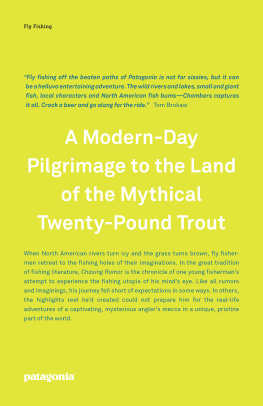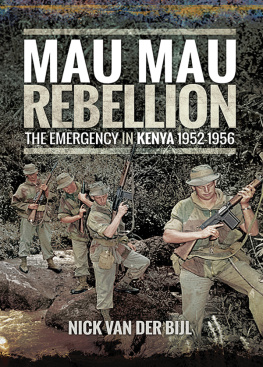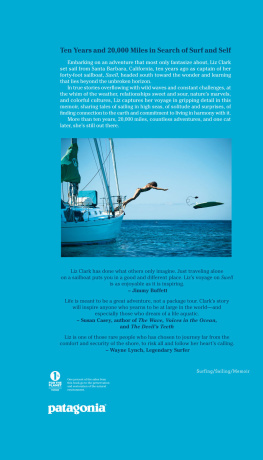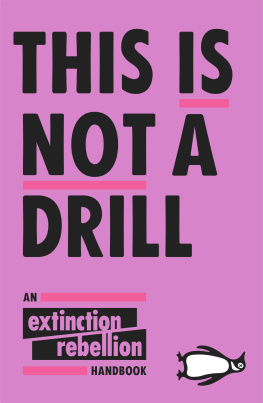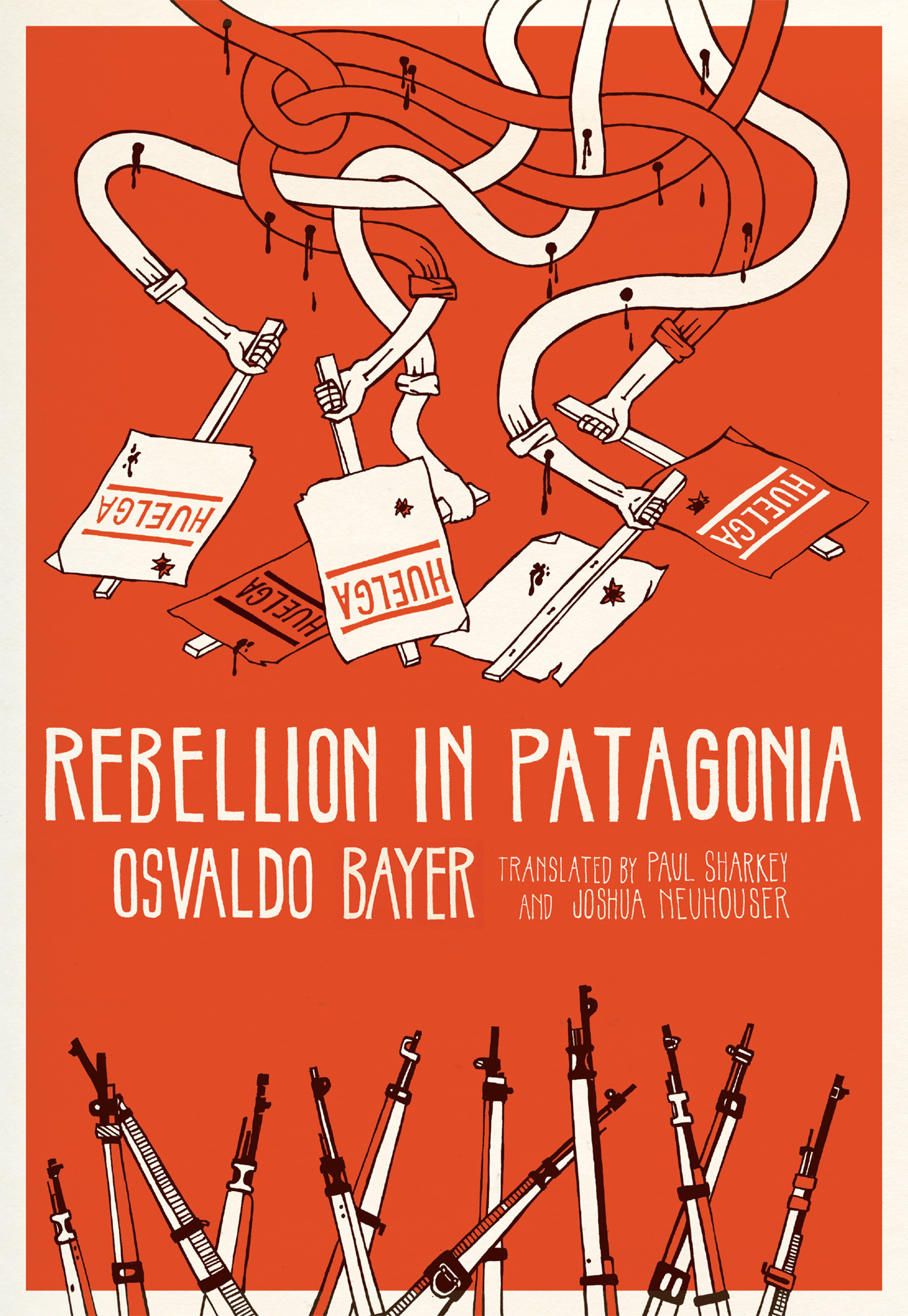INTRODUCTION
By Scott Nicholas Nappalos and
Joshua Neuhouser
Rebellion in Patagonia is one of the true classics of Latin American social history, both for the clarity of Osvaldo Bayers prose as well as for the importance of the events it describes. Here Bayer uncovers the story of the 19201922 strike wave by Patagonias rural peons, led by a Spanish anarchist named Antonio Soto, and its culmination in a massacre dwarfed only by the disappearances that occurred under the 19761983 military juntabut ordered by a democratically elected president. He evokes the heyday of the early-twentieth century anarchist movement, which was truly international: exiled Russian revolutionaries and German World War I veterans make their appearances in these pages, as does a deported organizer for the Industrial Workers of the World (IWW), who happened to share an apartment with the future secretary of the Peninsular Committee of the Iberian Anarchist Federation (FAI). There are Tolstoyan pacifists who turn to violence; illiterate Chilean peons who commemorate the execution of Francisco Ferrer, the Catalonian founder of the Modern School movement; and a sex strike by Patagonias prostitutes.
The reader can jump directly in with little knowledge of South American historyPatagonia is only slightly less alien to the Buenos Aires book-buying public than it is to those of us in the English-speaking world, so most of the required background information already comes includedbut some may require more context, especially as the history of Argentina before the Pern era is largely unfamiliar to most North Americans.
The Patagonian rebellion was, in many ways, the culmination of a long series of social struggles that date back to the end of the nineteenth century. Prior to this time, Argentina was an isolated agrarian country with land ownership patterns that had remained largely unchanged since the colonial era, but the growth of global capitalism and the demand for the countrys agricultural products pulled it into the world system, while the influx of immigrants that began in the 1850s brought the latest European social theories with themincluding socialism and anarchism.
The first immigrants were skilled laborers who generally arrived for concrete economic reasons, as Argentine society was defined by a degree of economic mobility up until the 1880s. The arrival of French leftists fleeing from the repression of the Paris Commune brought the first organized socialist effort with the founding of a section of the First International, though it had little impact. Anarchists began organizing around 1879 as part of the Bakuninist section of the First International. Notably, Errico Malatesta came to Argentina and helped found some of the earliest resistance societies, which were the form class struggle took in late-nineteenth century/early-twentieth century Argentina. These resistance societies emerged out of the mutual aid organizations that helped new immigrants navigate a country with no real safety net or infrastructure to receive them. They retained the cooperative mutual aid model but united it with collective actions aimed at improving the conditions of the working class. The first unions were formed in urban areas in 1887 and socialist and anarchist publications rapidly proliferated throughout Argentina in the following decade. Rent strikes began around the same time and workers organized against the social ills rampant in the countrys overcrowded and destitute slums, such as addiction, crime, prostitution, and disease.
The anarchist movement fully asserted itself as a unified working class force in the 1890s with a general strike in the city of Rosario in 1895 and a strike wave in support of an eight-hour workday in Buenos Aires in 1899. In 1901, thirty-five delegates representing some seven thousand resistance societies from across the country came together to found the Argentine Workers Federation (FOA), which was based around the principle of autonomy from all political parties. General strikes, boycotts, sabotage, and rent strikes were endorsed as tactics and the new federation resolved to found free libertarian schools and union hiring halls. The federations second congress, in 1902, consolidated these anarchist positions, leading the socialists to leave the organization. Out of the federations 7,620 resistance societies, only 1,230 left, forming the nucleus of the General Union of Workers (UGT). By 1905, the UGT had adopted a form of neutral syndicalism, neither anarchist nor socialist, influenced by Frances General Confederation of Labor (CGT), while the FOAhaving changed its name to the Argentine Regional Workers Federation (FORA) to make explicit its internationalist orientation and its rejection of nation-states and bordersvoted at its fifth congress to adopt anarcho-communism as the ultimate goal of the organization. The FORA pushed for a strict division between revolution and the day-to-day demands made by unions. Its congresses were also extremely progressive for their time, taking up issues such as gender equality, the rights of prisoners, internationalism, and the social causes of disease in urban areas at a time when such positions were rare, especially in the labor movement.
The growth of the labor movement did not go unnoticed by the ruling class. Military intervention became a commonplace measure to repress strikes, but it was clear that the movement was challenging the ability of the state to control it. The government approved the Residency Law in 1902, which gave the government free license to deport foreign activists. Anarchistsmany of whom were immigrantswere explicitly targeted by this law and were rounded up, held incommunicado, and summarily deported. This measure was followed by a 1904 labor code that sought to legalize, regulate, and control unions and strikes, some of the first legislation of its kind in the world. It failed in practice, however, because it was rejected by both capital and laborcapital refused any concessions to labor, while labor refused any attempt to restrict its freedom of activity. Six years later, the Argentine governments repressive powers were further expanded with the Social Defense Law, which provided strict penalties (including prison time) for organizing demonstrations without a permit, publicly using anarchist symbols, coercing others to join a strike or boycott, insulting the Argentine flag, or defending any violation of this law, either verbally or in writing.
The year 1909 proved to be a turning point in the history of Argentinas anarchist movement. The police chief of Buenos Aires, one Colonel Falcn, ordered the military to open fire on a May Day demonstration, killing somewhere between four and ten workers and wounding many more. This tragedy managed to unite Argentinas divided working class. Over sixty thousand union members accompanied the funeral procession of the slain workers, while the FORA and the UGT came together to declare a general strike. After one week, the strike managed to force the release of eight hundred imprisoned workers, though it was unable to secure the resignation of Colonel Falcn, who was later assassinated by a little-known FORA member, a Russian immigrant named Simn Radowitzky who had survived the massacre. The joint general strike encouraged Argentinas unions to move towards unity: in the months following the massacre, the UGT joined together with a group of independent unions to form the Argentine Regional Workers Confederation (CORA), although the repression that followed the assassination of Colonel Falcn prevented further unity talks with the FORA from taking place.



